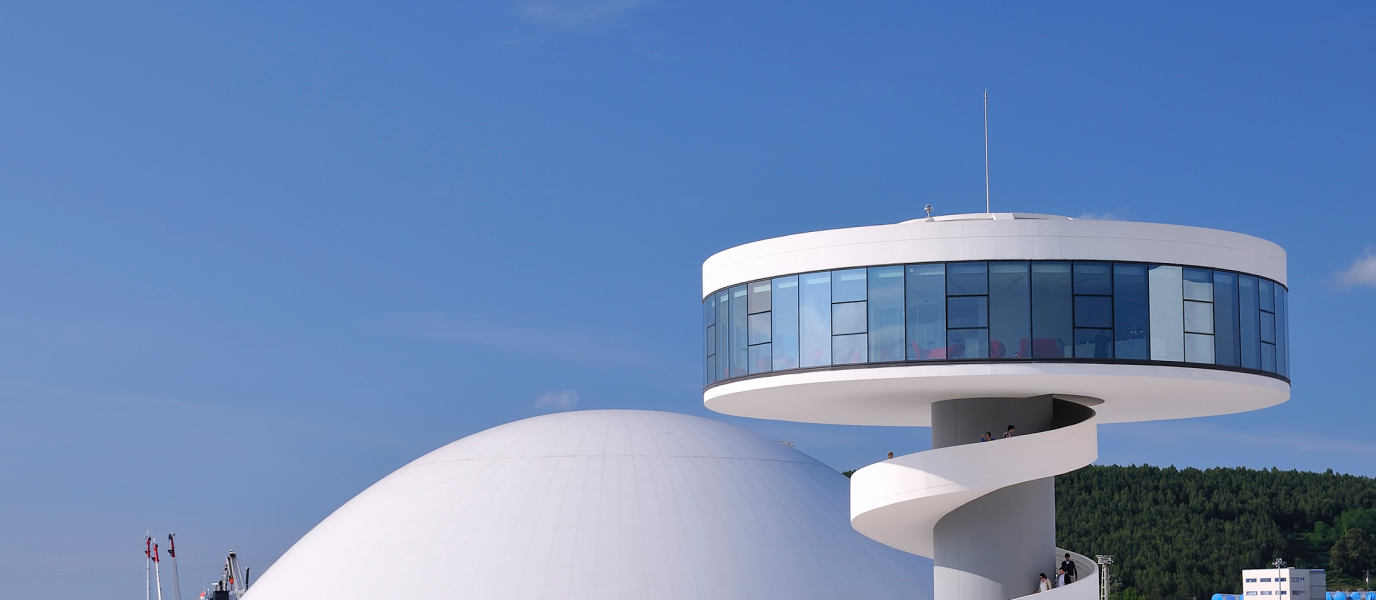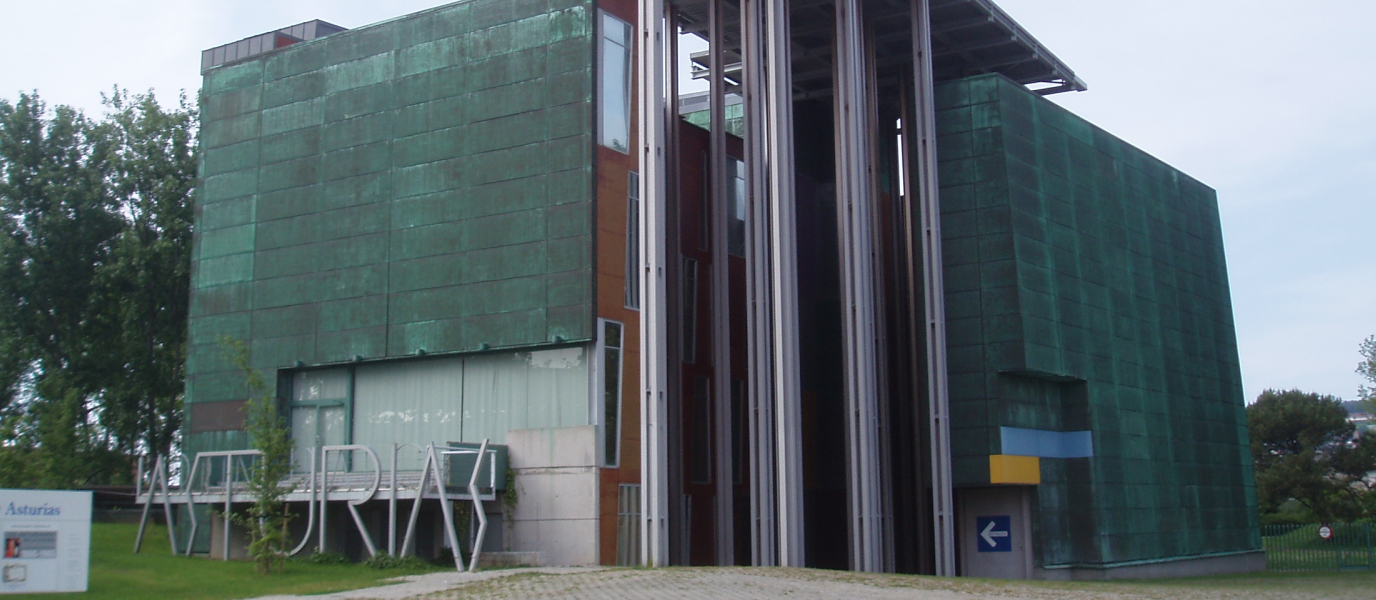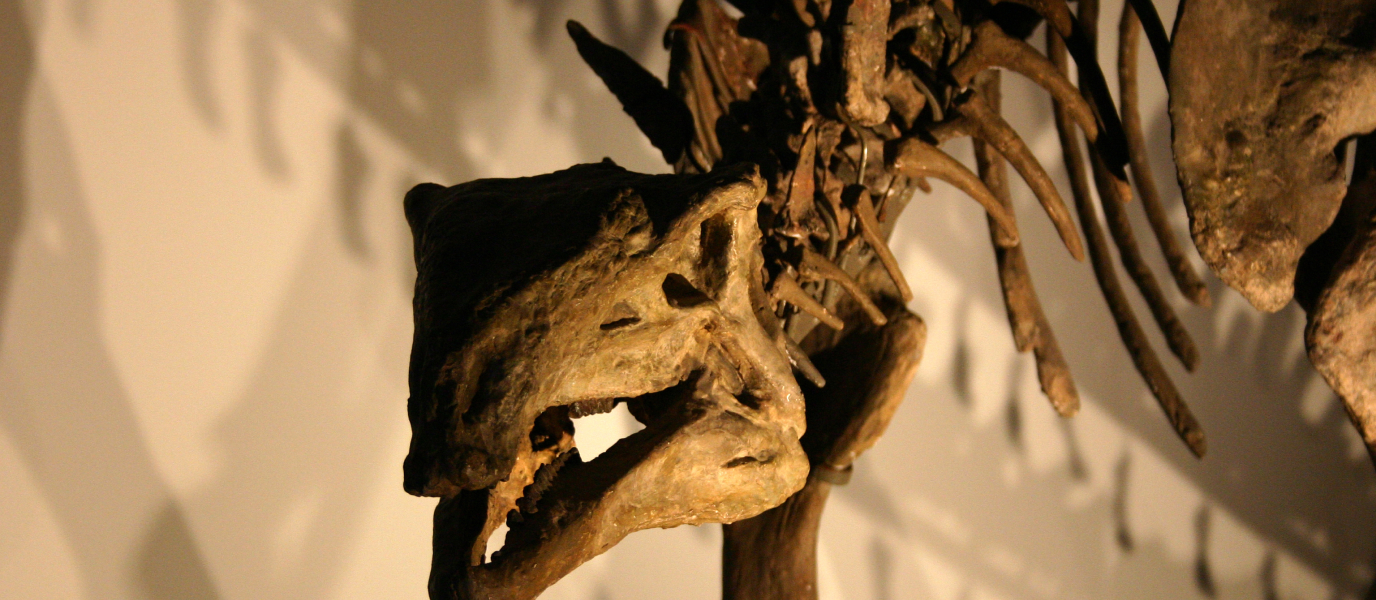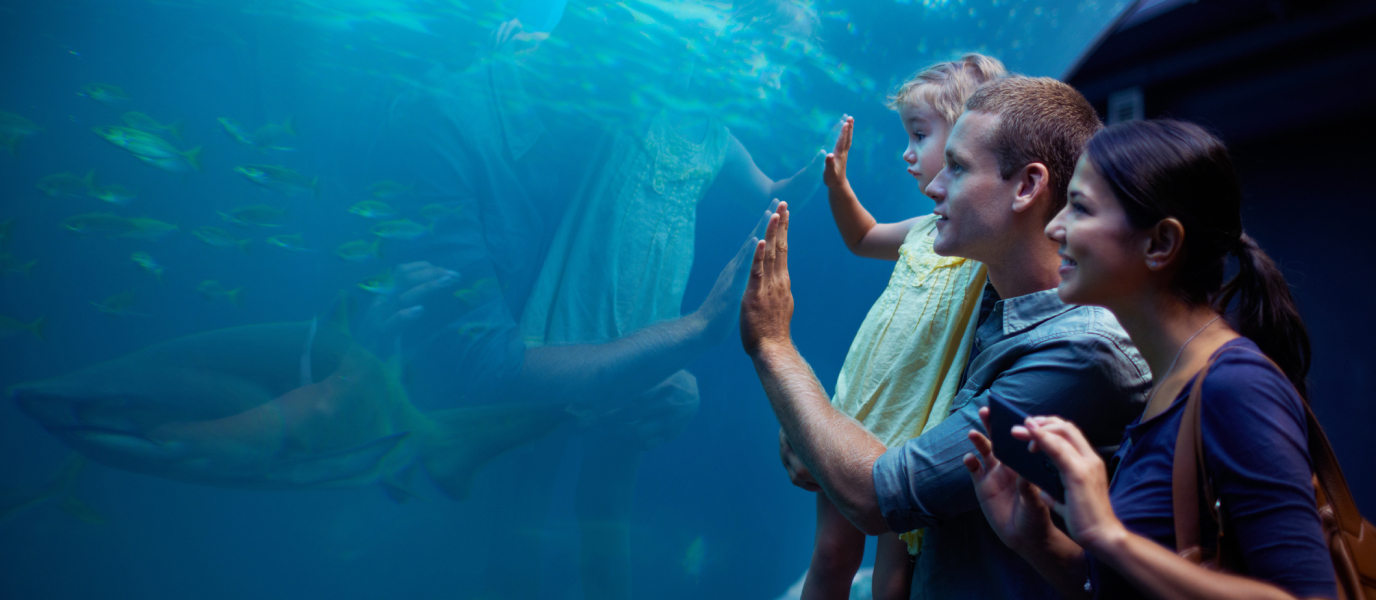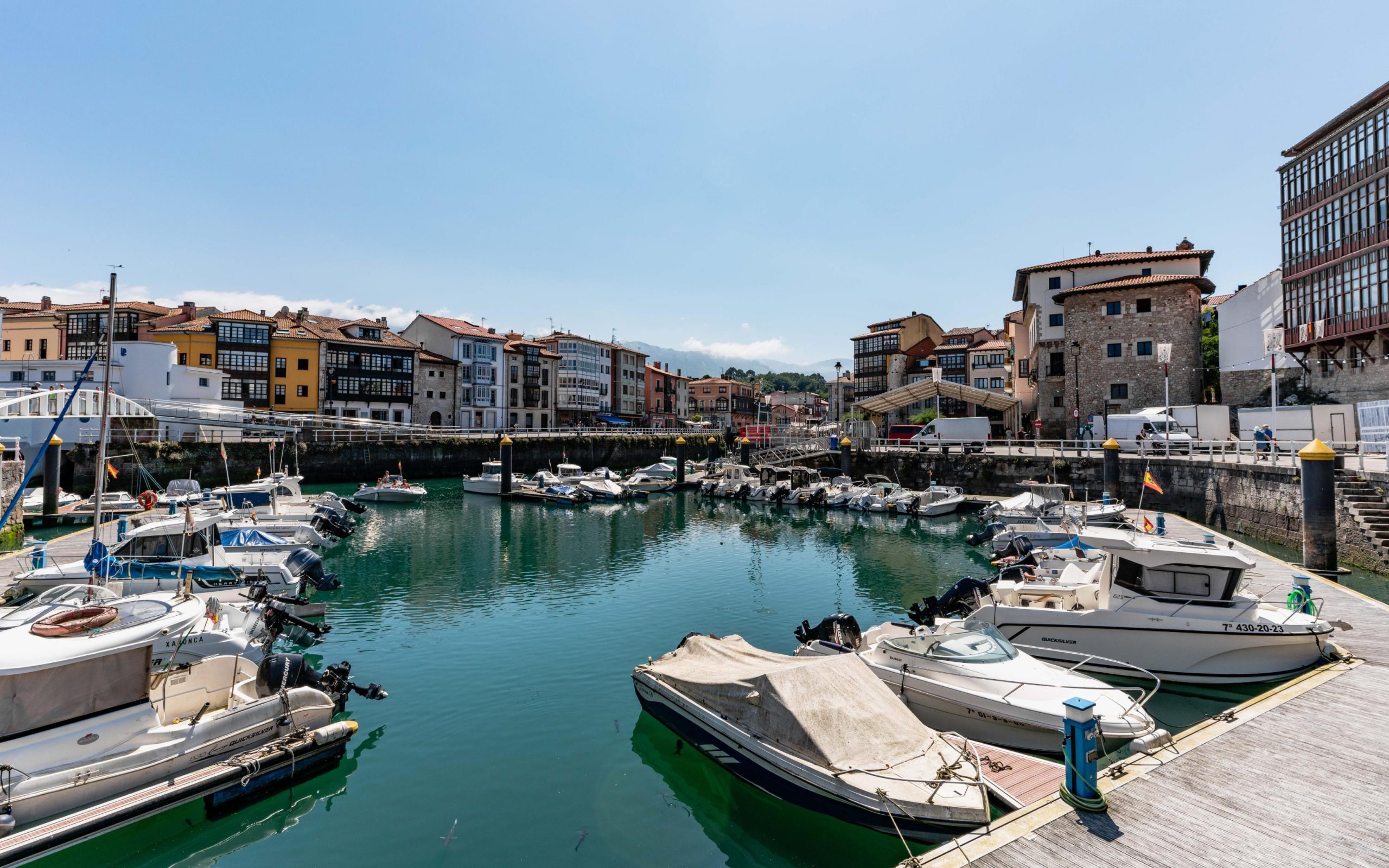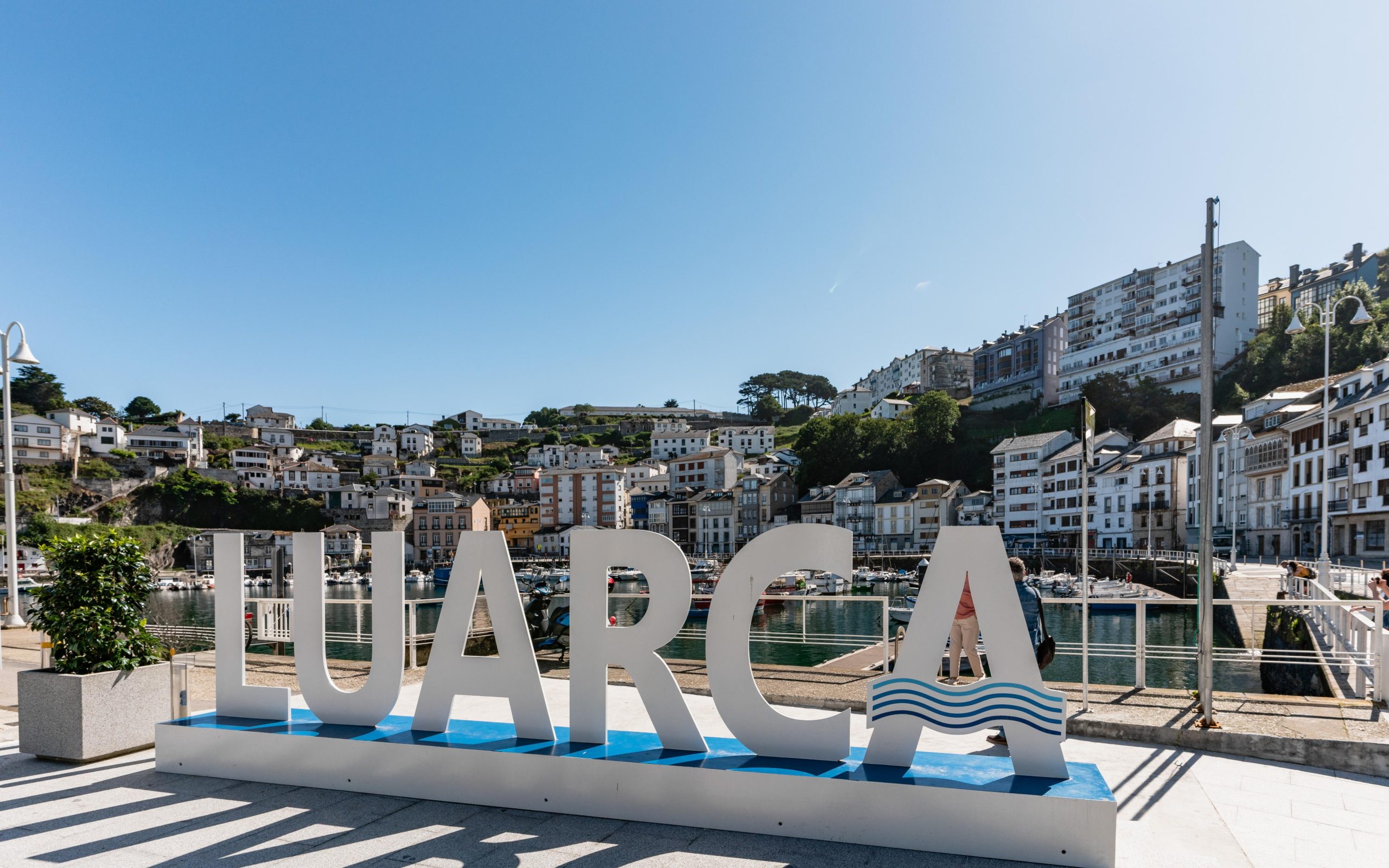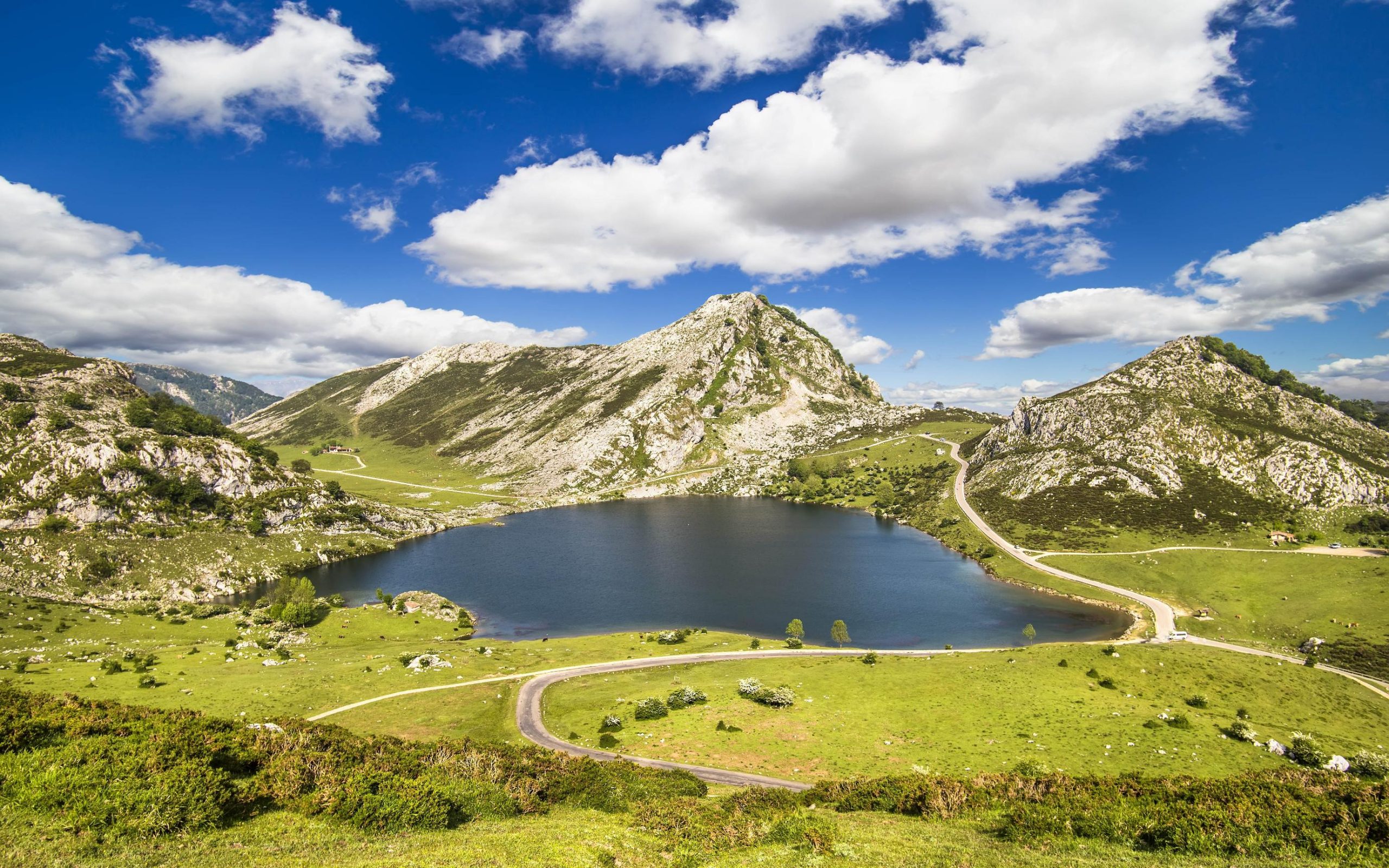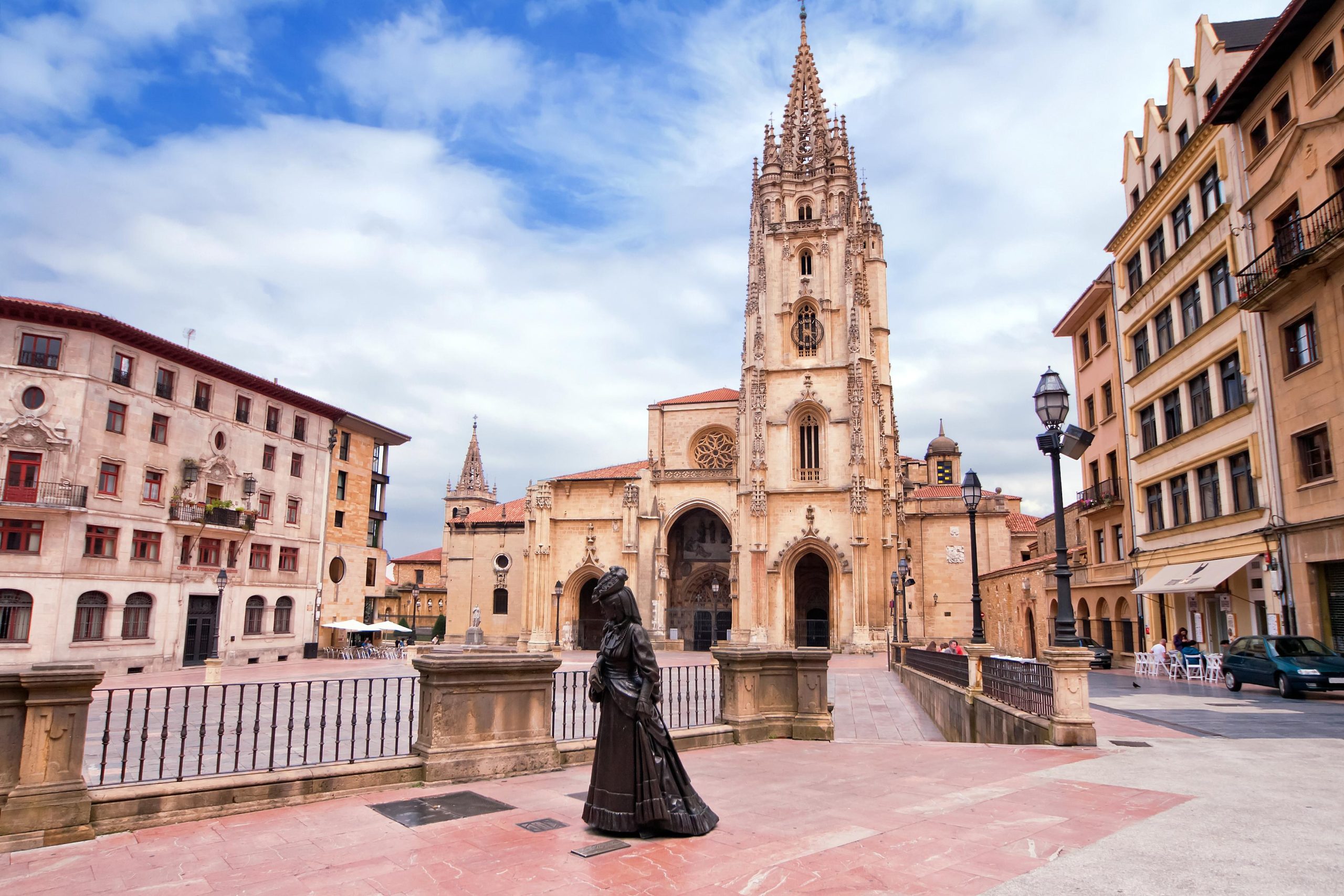Located by the estuary of Avilés, the Oscar Niemeyer International Cultural Centre is a striking emblem of art and culture. Though it opened its doors on 26 March 2011, the prominent white cupola was only completed a few months later on 15 December 2010, on the same day its architect, the Brazilian Oscar Niemeyer, turned 103. Considered as one of the most influential modernist architects in the world and a disciple of Le Corbusier, he had just completed his first (and last work) in Spain.
The directors of the Niemeyer Centre describe the centre as a gateway to a plethora of artistic and cultural events. The Centre offers a variety of multidisciplinary programs and talks on music, film, theatre, dance, exhibits and gastronomy, meticulously curated to offer above-par experiences.
The Niemeyer Centre: Origin and construction
The idea behind this avant-garde building was conceived when the Prince of Asturias Foundation contacted previous laureates, including Oscar Niemeyer, regarding the award’s 25th anniversary celebrations. The Pritzker Architecture Prize winner used a black marker to quickly sketch out what would become his most important and unique architectural complex in Europe and his most treasured outside Brazil.
The Niemeyer Centre: Spanning space
A cultural management benchmark in Ibero-America, the Niemeyer Centre sits on 44,000 m2 of land that once housed the blast furnaces of Avilés. It is divided into five different structures, each serving a unique purpose:
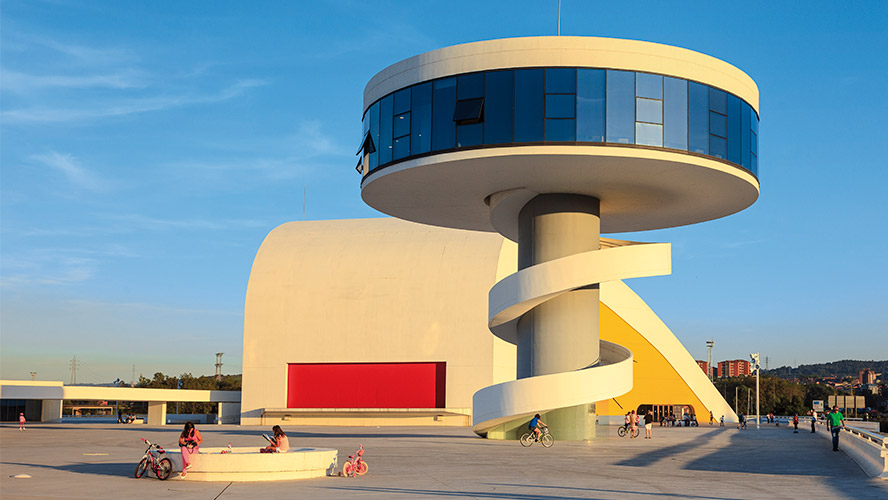
- The auditorium: Wave-shaped, it houses a 500-m2 stage that opens up to the indoor seating area and to the outdoor square. There is an outline of a woman resting drawn against the yellow-painted façade. Seating is available for 1,000. There are no boxes or amphitheatre, just one set of uniform stalls. All seats are priced equally and offer equally good views of the stage.
- The square: Connects the Centre to the town with a walkway. It is open to the public during the day and reflects Niemeyer’s idea of an open space.
- The multi-purpose building: Contains the Film Centre, café, meeting and conference rooms, a shop and an educational centre. It also houses the offices and information desk.
- La cupola: A 4,000 m2 and 18-m high open space used to host all types of exhibits and events. The exhibit on Joaquín Sorolla, in collaboration with the most important Spanish collector of the Valencian painter, was widely-acclaimed.
- The tower: With views of the city’s old quarter and the estuary. Walk up the 18-m exterior spiral staircase or use the lift. It also houses a restaurant.
From Woody Allen to Annie Leibovitz
The Niemeyer Centre offers an exceptional educational and cultural programme, and has hosted many renowned international artists since its inauguration. Woody Allen, Kevin Spacey, Brad Pitt, Wim Wenders, Carlos Saura, Paulo Coelho, Wole Soyinka, Vinton Cerf, Paco de Lucía, Yo-Yo Ma, Joan Manuel Serrat, Fernando Arrabal, Julian Schnabel, Jessica Lange, Annie Leibovitz, Carlos Cruz Díez…are just some of the names that have participated in this manifestation of education, culture and peace.
The Niemeyer Centre has an important educational space, Educa Niemeyer, which offers activities for people of all ages. There are school activities, such as Art-Kids-Tectos, which teaches pupils about Oscar Niemeyer’s work and his legacy. There are also workshops on the Centre’s exhibits and book launches. The program ‘Creativities’ allows children to interact and share their creative processes with writers, illustrators, designers, painters and musicians who have some sort of relationship with the Centre.
The International Oscar Niemeyer Cultural Centre: Another face of Avilés
You may wonder why Avilés was chosen to house the Niemeyer Centre and the answer lies in the challenging industrial restructuring this town had to go through. The regional government had to rethink the town’s economic, cultural and social profile and thought that if the Guggenheim Museum could revamp the image of Bilbao, then the Niemeyer Centre could do the same for Avilés.
From the minute the first stone was laid in April 2008, the town landscape was forever changed. The centre’s smooth curves replaced the harsh lines of the steel factories, giving the town the much-needed facelift it needed. The residents of Avilés could thank Oscar Niemeyer, the architect who had worked with the likes of Le Corbusier to design the United Nations Headquarters in New York and the city of Brasilia, for giving their town an icon of modernity.
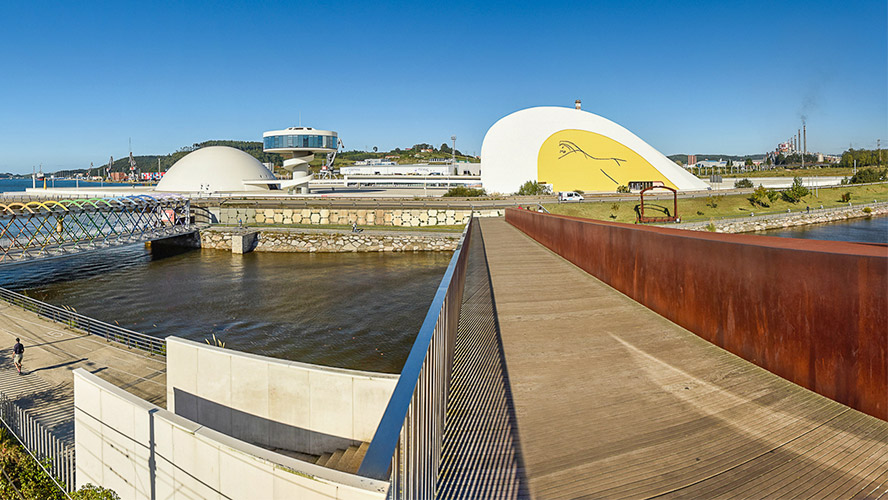
Niemeyer and his idea of space
There is no better person to describe his idea of space than Oscar Niemeyer. He wrote:
“I am not attracted to straight angles or to the straight line, hard and inflexible, created by man. I am attracted to free-flowing, sensual curves. The curves that I find in the mountains of my country, in the sinuousness of its rivers, in the waves of the ocean, and on the body of the beloved woman. Curves make up the entire Universe, the curved Universe of Einstein.”

























































